By Joseph Luster
After maybe five minutes of playing Ubisoft’s Heroes Over Europe for the Xbox 360 and Playstations 3 (reviewed), I had the sudden urge to run to my computer, hop online, and see whether or not some offshoot of Factor 5 was behind the game’s development. It immediately reminded me of their Star Wars flight games—like Rogue Squadron and Rogue Squadron II: Rogue Leader, released for Nintendo 64 and Gamecube, respectively—putting emphasis on ease of play, and turning the skies into the smooth-as-silk shooting gallery they should be.
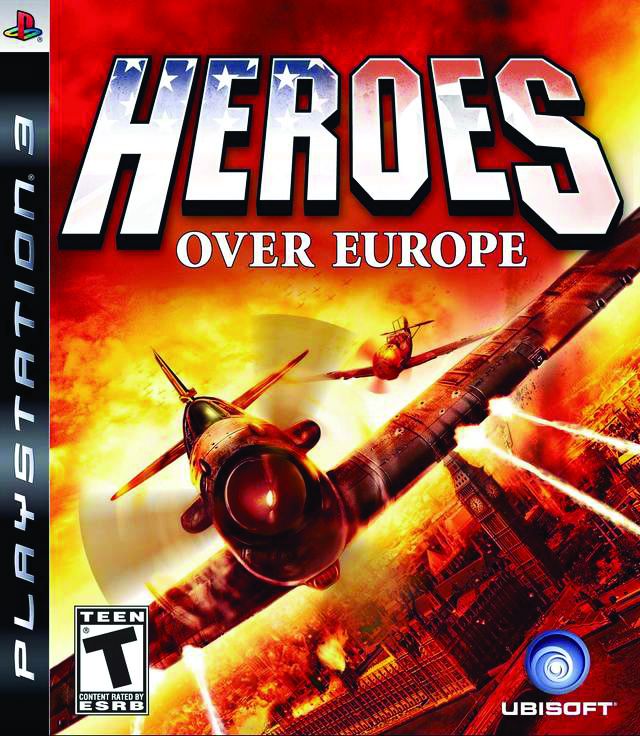 Heroes Over Europe
Heroes Over Europe
I ended up being incorrect, which may be a good thing considering the quality of Factor 5’s most notorious title, 2007’s dragon-flying monstrosity of a four-letter word, Lair. Rather, Heroes Over Europe comes from Australian developer Transmission Games, which received accolades for the game’s predecessor, Heroes Over the Pacific. Pacific garnered more than just praise in its home country, taking home Australian Gamer of the Year and PC Game of the Year in 2005 courtesy of the Game Developer’s Association of Australia.
Spending some time with Heroes Over Europe makes it clear that Transmission knows what they’re doing when it comes to bringing flight to consoles, a truly loaded undertaking. With little exception, the controls are a no-fuss affair, eschewing painstaking realism in favor of an arcade experience, and without sacrificing much of the intensity expected of more rigid simulations.
Heroes follows pilots out of America, England, and New Zealand, each with their own story told through a combination of voice-over and static artwork. It’s a bit minimalist, for sure, but it’s welcome if the alternative would be drowning the player in personal stories that, let’s face it, most of us would find less than mildly interesting. The actual setup for each of the missions comes in the form of newsreel footage, complete with “we can do it” and “old Jerry has surely seen the last of his days” narration. It all sets the tone nicely, with missions punctuated by a painting of an enthusiastic fly girl and the bum-ba-bum of victory trumpets.
The amount of time between training and the actual performance of death-defying aerial acrobatics is impressively brief, which allows the developers to throw the player into more hectic situations at an earlier stage without making anyone want to pull out their hair. The first time Heroes really struck a chord with me was somewhere high above the docks of Dover. Storm clouds raged in the background as a mighty fleet of bombers flew ever closer to vital Allied targets. As I pulled back hard on the pitch, flying right into the heat of the bombers’ rear gunners and their supporting wingmen, the music hit a crescendo and captured the moment perfectly.
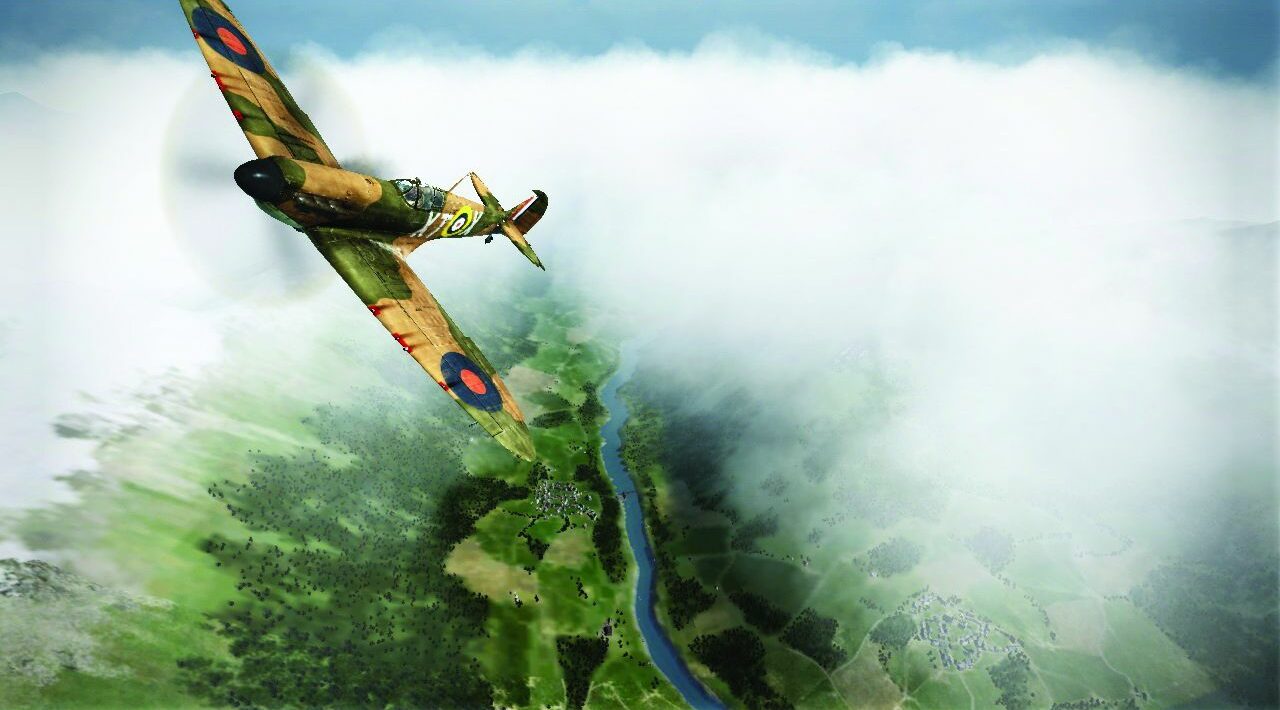
If I have one beef with Heroes, it’s the sheer volume of missions that center on protecting something from being destroyed. Whether it’s a fleet of U.S. vessels, or a radar tower that relays crucial enemy information well ahead of time, these tasks tend to play out the same each time, though my own personal dislike of them really stems from my experience with this type of mission across my gaming history. I guess one could say I’m more concerned with offense than defense, causing this particular call of duty to be met with an unenthusiastic grumble.
That said, they’re unavoidable within the game’s context, so their inclusion is more easily forgivable here. These missions are also lenient enough as far as how much weathering a target in need of protection can take before all is lost, so staying in the sky and maintaining a steady clip of downed enemies leads to a surefire victory in most cases. Variety also picks up later on, with some missions including search and destroy objectives like dropping torpedoes in choppy waters to the satisfying crunch of a sinking ship.
There are a lot of little touches that make Heroes Over Europe special; something more than just another entry in a long-standing line of digital aviators. Things like “ace pilot takedowns”—maneuvers that allow you to focus, zoom in, and down an enemy in one single, engine-smoking shot—bring it into territory of its own. The battle can also be taken online with up to 16 people, something that should convince players to stick around at least a little longer after the end of the main campaign. If you’re more interested in simply having a good time and getting that World War II ace pilot feeling without the fuss of stringent simulations, Heroes Over Europe soars above the competition nicely.
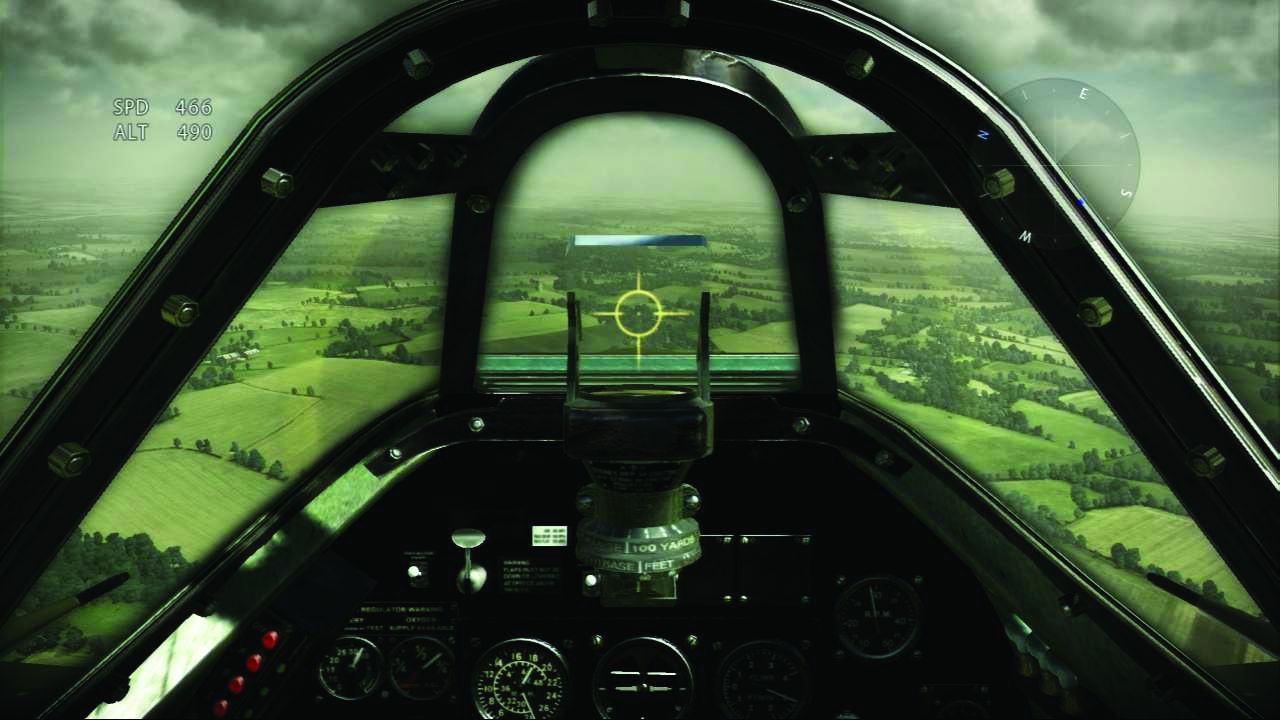
IL-2 Sturmovik: Birds of Prey
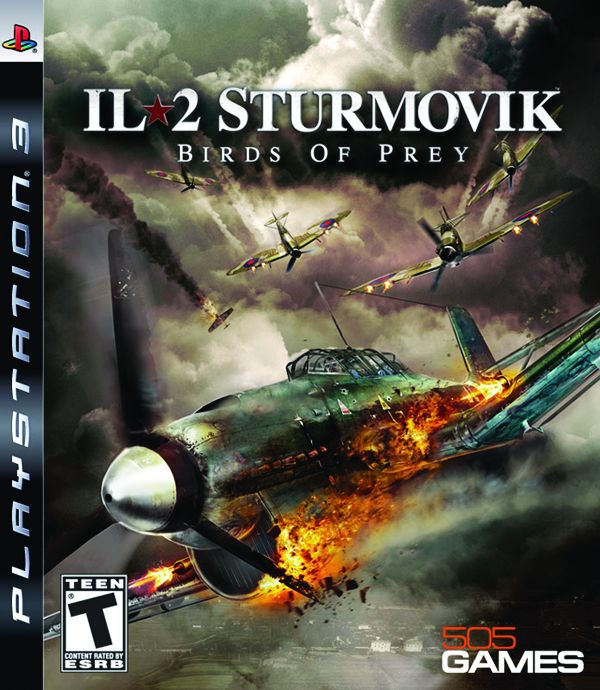
IL-2 Sturmovik: Birds of Prey for the Xbox 360 and Playstation 3 (reviewed) is the other hand to Heroes Over Europe’s blazing fast experience. While it’s not exactly on the opposite end of the spectrum, this 505 Games-published title does travel further into the realism of flight, with options that can either lessen or increase the frustration of it all.
IL-2 Sturmovik has a fairly celebrated history as far as combat flight simulators go. The series first appeared on PCs in 2001, and it remains the longest flight series to still have developer support for the original, with patches and planes being added to this day. The latest entry in the series, Birds of Prey, spreads its wings a little farther, though, reaching across both major consoles (with apologies to Wii owners), as well as Nintendo DS and Playstation Portable.
The theaters of war represented throughout the missions are the Battle of Britain, Stalingrad, Berlin, Sicily, and Korsun. Having played Heroes Over Europe just prior to popping this one in, there’s obviously a lot of evenly treaded ground between the two, at least as far as locales are concerned, though IL-2 brings with it a slight increase in visual clarity. The draw distance alone is impressive, with the land sprawling as far as the eye can see while ground battles rage below.
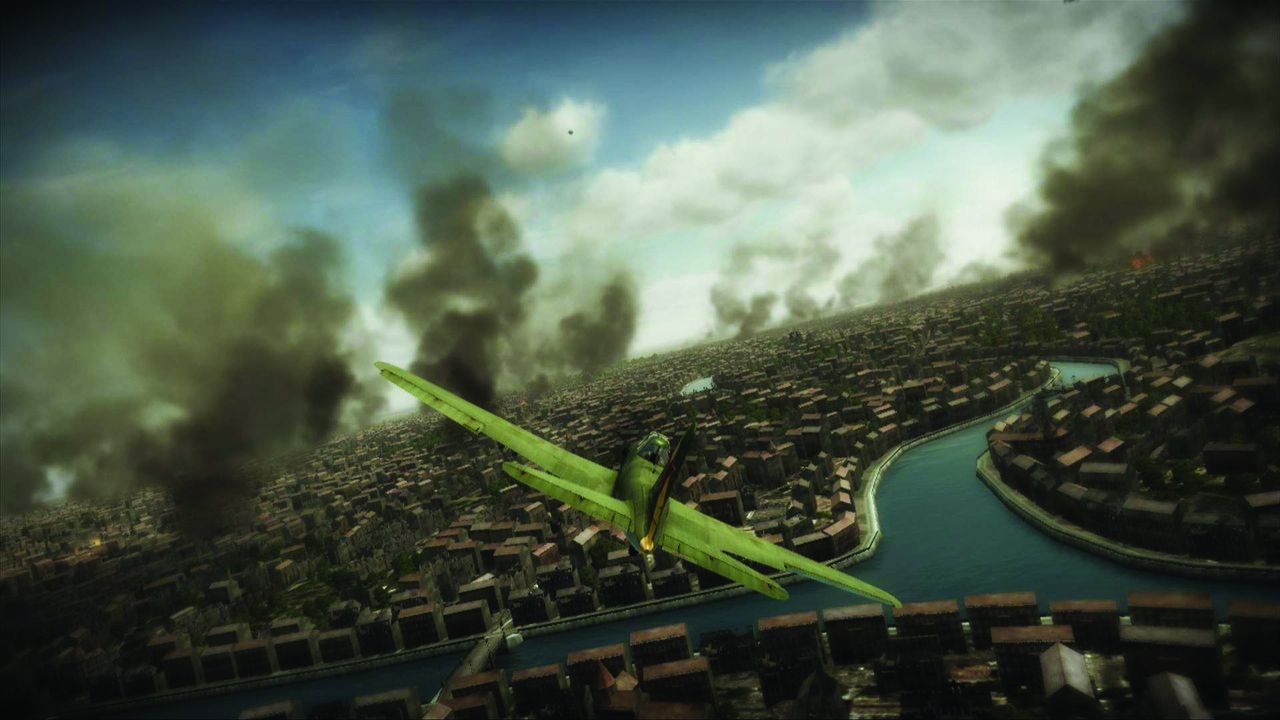
IL-2 is noticeably more demanding from the get-go and has an added element of realism, especially when compared to Heroes Over Europe’s style of flight. In the actual campaign, however, things can be tweaked for a less strenuous experience. It doesn’t make the controls less finicky, but it does make for a series of flights that aren’t as aggravating, thanks to the option of unlimited retries and the initial Arcade difficulty setting.
It still takes some time to really get your wings and feel comfortable enough to zip through the air confidently. I found the actual pitch and rudder controls to be a little unwieldy, and they remained so for long enough to make me feel as if I was doing something completely wrong. The targeting system is really handy, though, and once you begin to maneuver in concert with it and dance around the sky against the increasingly thick threat of enemy fighters, concerns with falling violently from great heights start to dissipate.
It’s interesting that both the developers behind this and Heroes Over Europe opted for an unobtrusive approach when it came to the HUD (heads-up display). The volume of on-screen clutter can be adjusted, but it mostly consists of your handy radar and a speed/altitude indicator. Though I didn’t end up using it much, I really appreciate the fact that IL-2 offers multiple camera angles, from the default third-person to a detailed cockpit view, and more depending on which craft is currently in play.
The overall presentation may be a little dry, but this is definitely going to be a pleasure for the more sim-oriented player, warts and all. Like Heroes, IL-2 offers 16-player online play, so it really does come down to the nitty gritty differences between the two if there’s only room for one set of wings on your shelf.
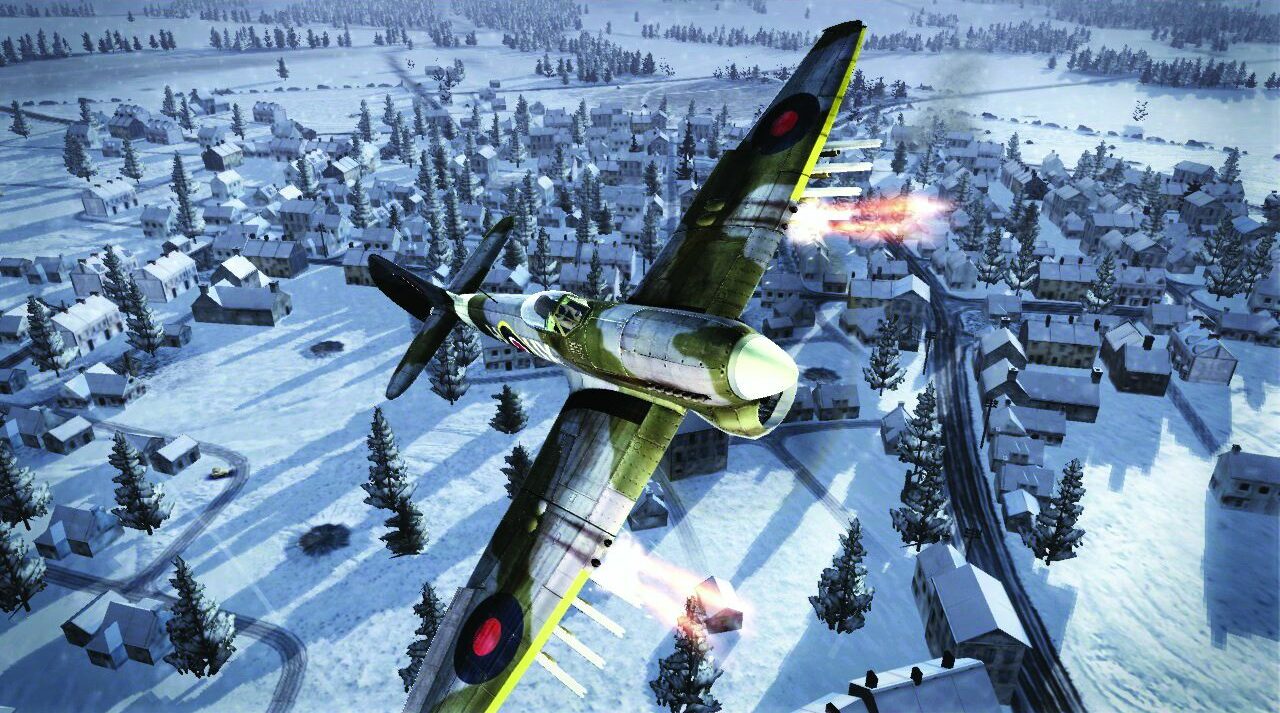
Final Thoughts
Combat flight sims are typically more at home on PC, which is further cemented by the grumbling of displeasure that surfaced once PC players found out that Birds of Prey wouldn’t be seeing release on their platform of choice. Despite all the complications inherent in translating the genre to home console, both Gaijin Entertainment (IL-2) and Transmission Games (Heroes Over Europe) have done an admirable job in making things work.
For those who want to hop right in a plane and start feeling like a pro sooner than later, there’s a strong case for you in the arcade bogey-blasting of Heroes Over Europe. That would be my personal choice, if pressed to decide between the two. IL-2 Sturmovik: Birds of Prey should satisfy the more meticulous; those who don’t mind a slightly more arduous build to proficiency.
Either way, it’s pretty amazing that there are two competent World War II flight games available for consoles at the same time, neither feeling like the bumbling and rushed products they easily could have been. Grab on to this rare opportunity and take off on your excursion of choice, because who knows when it’s going to come around again.
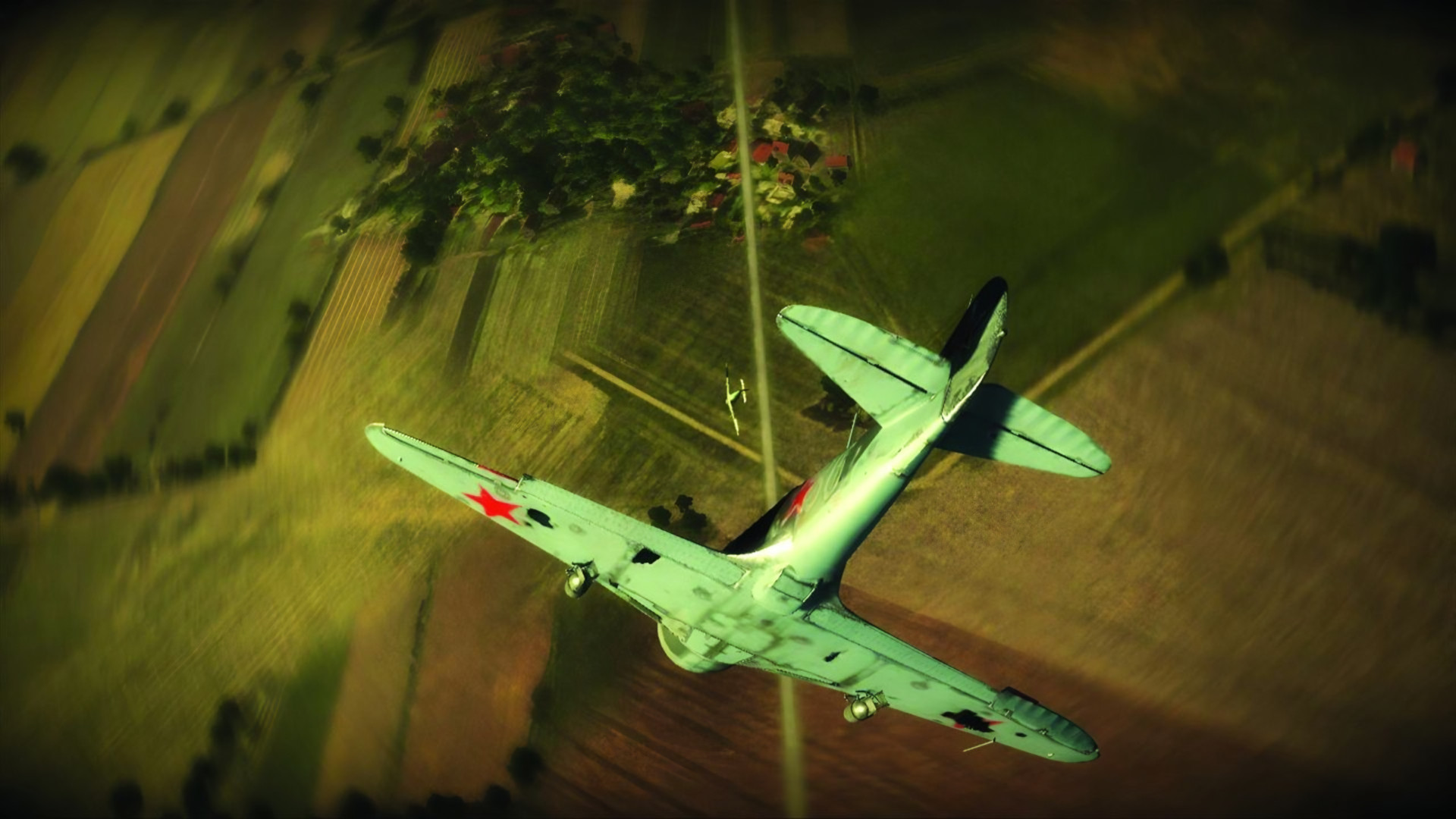
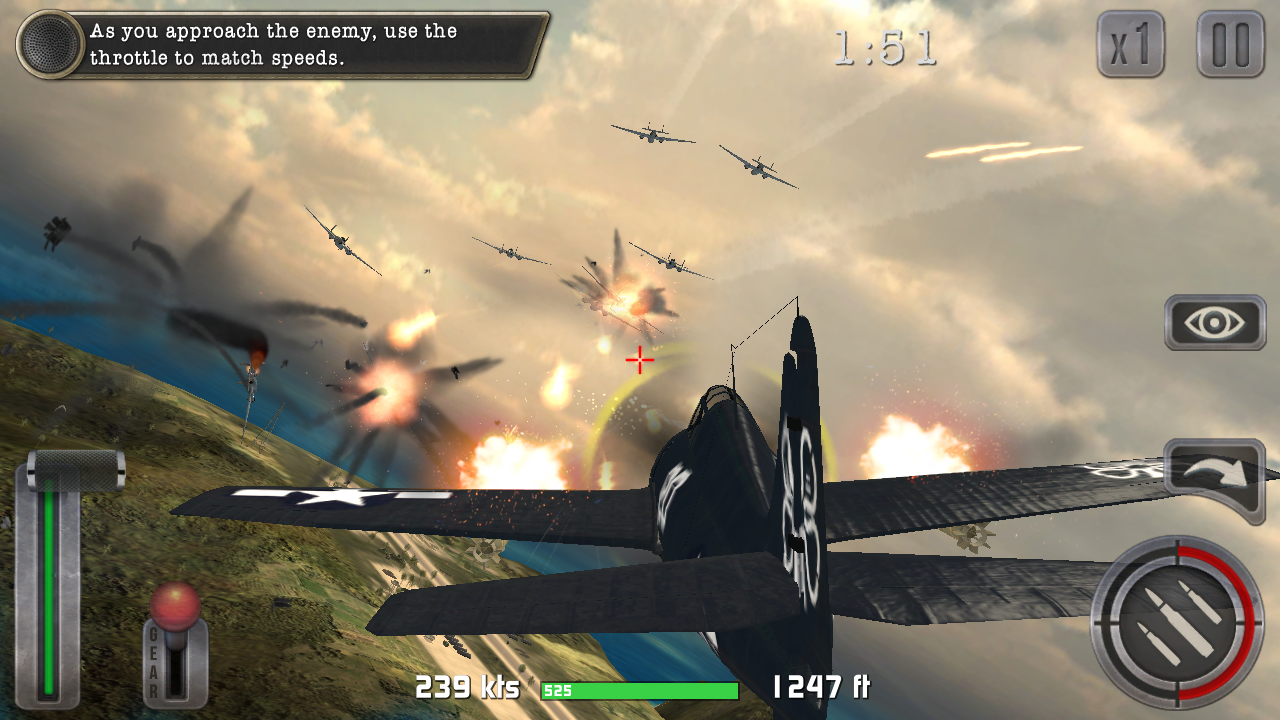
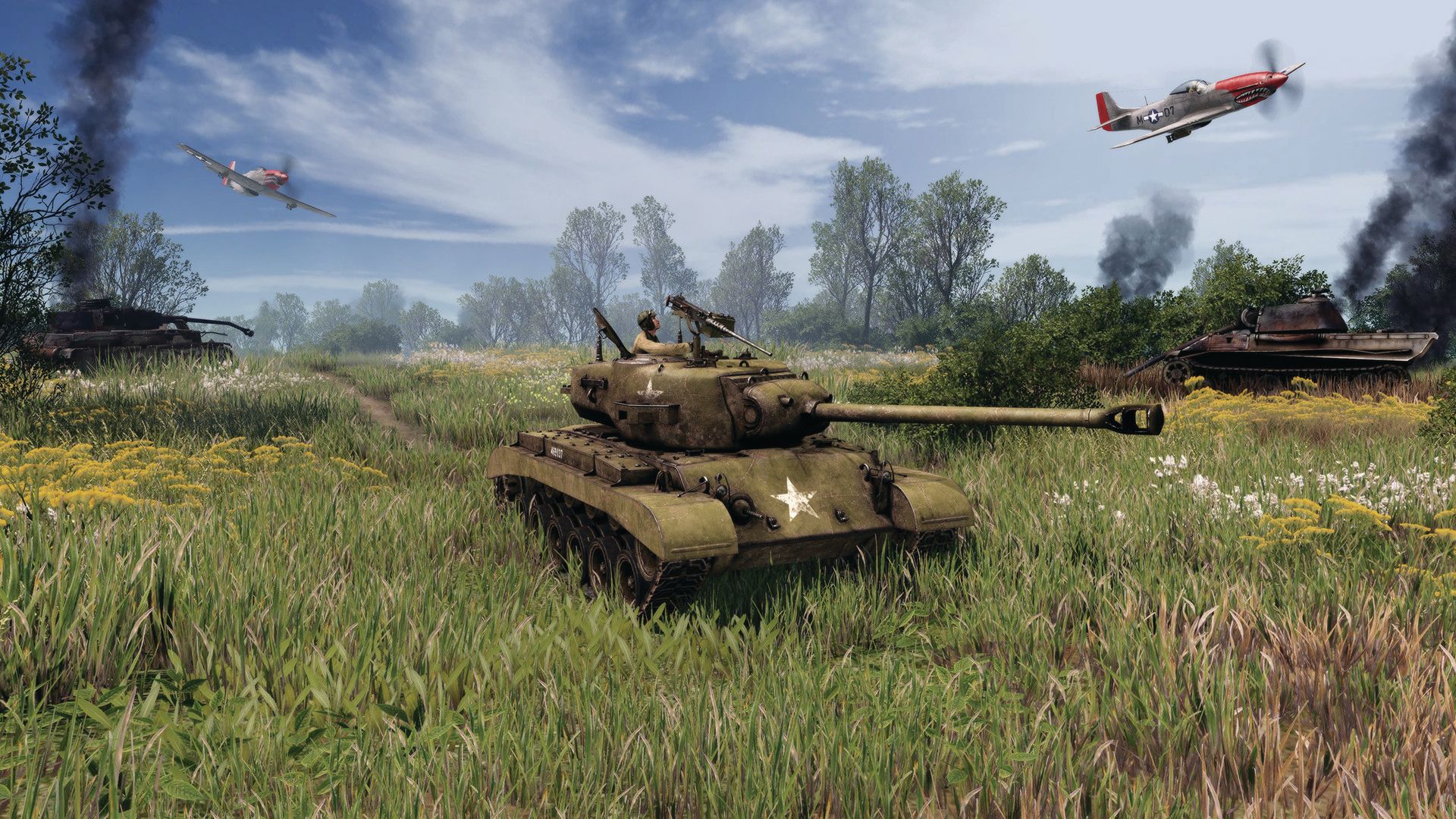
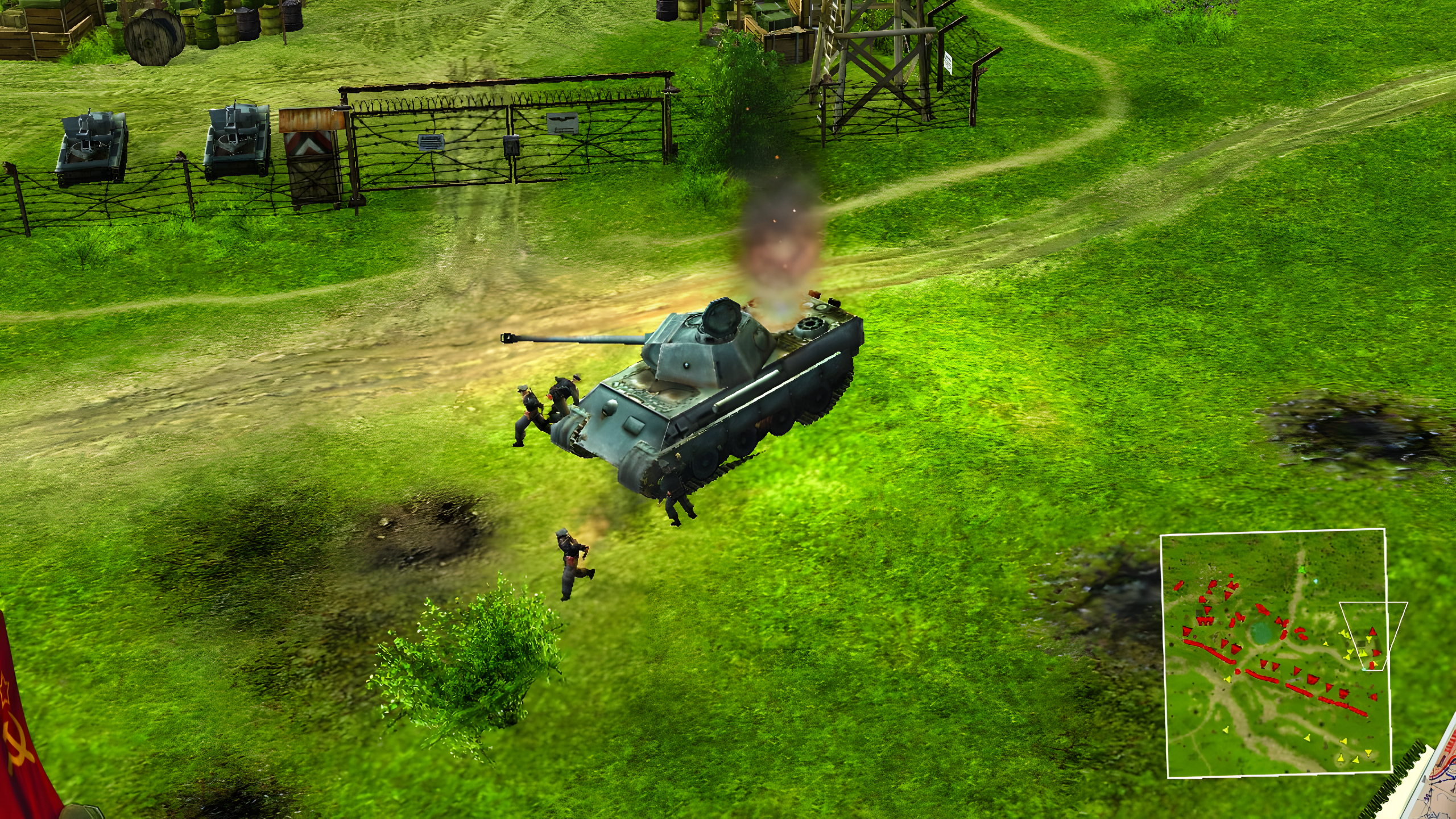
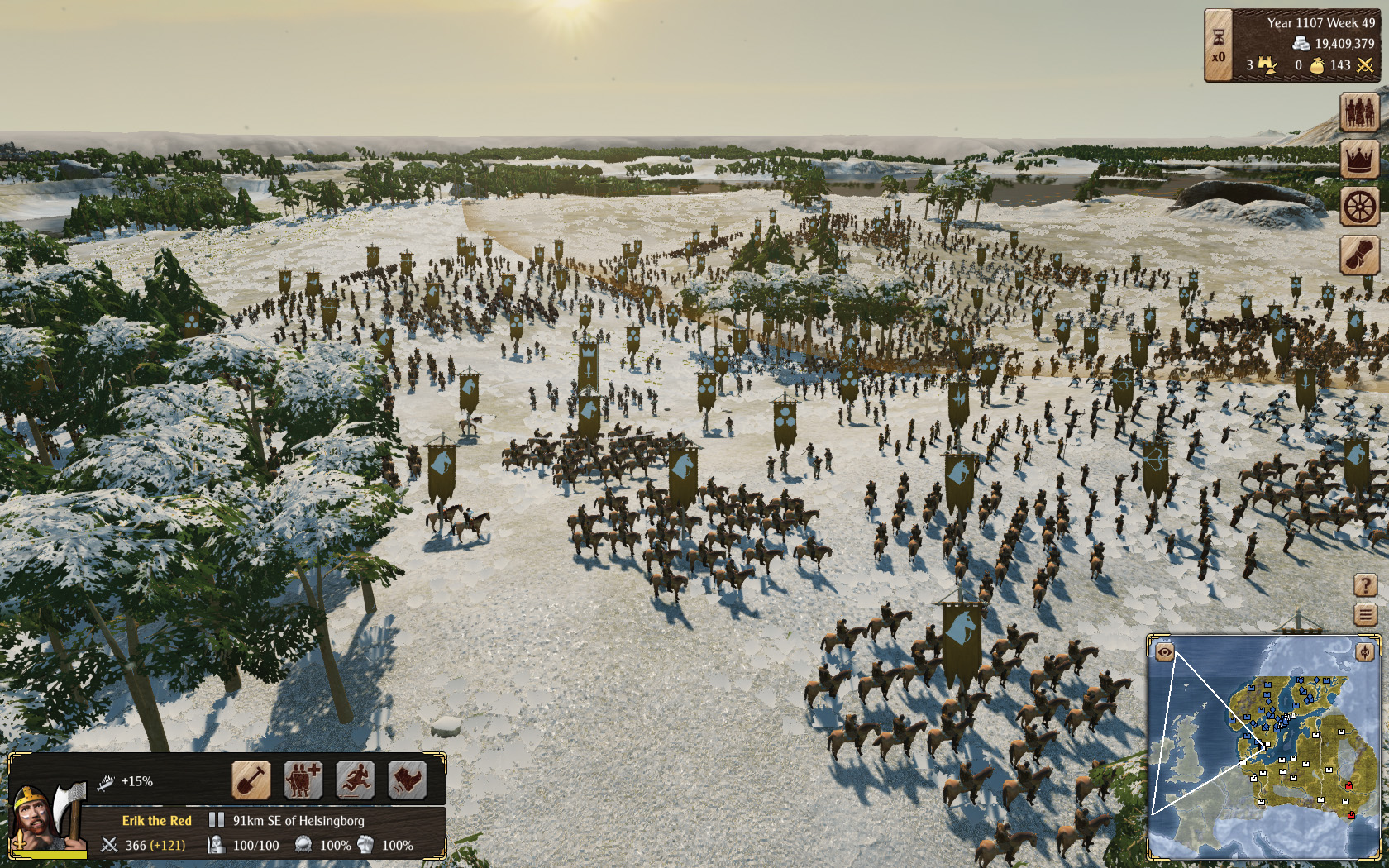
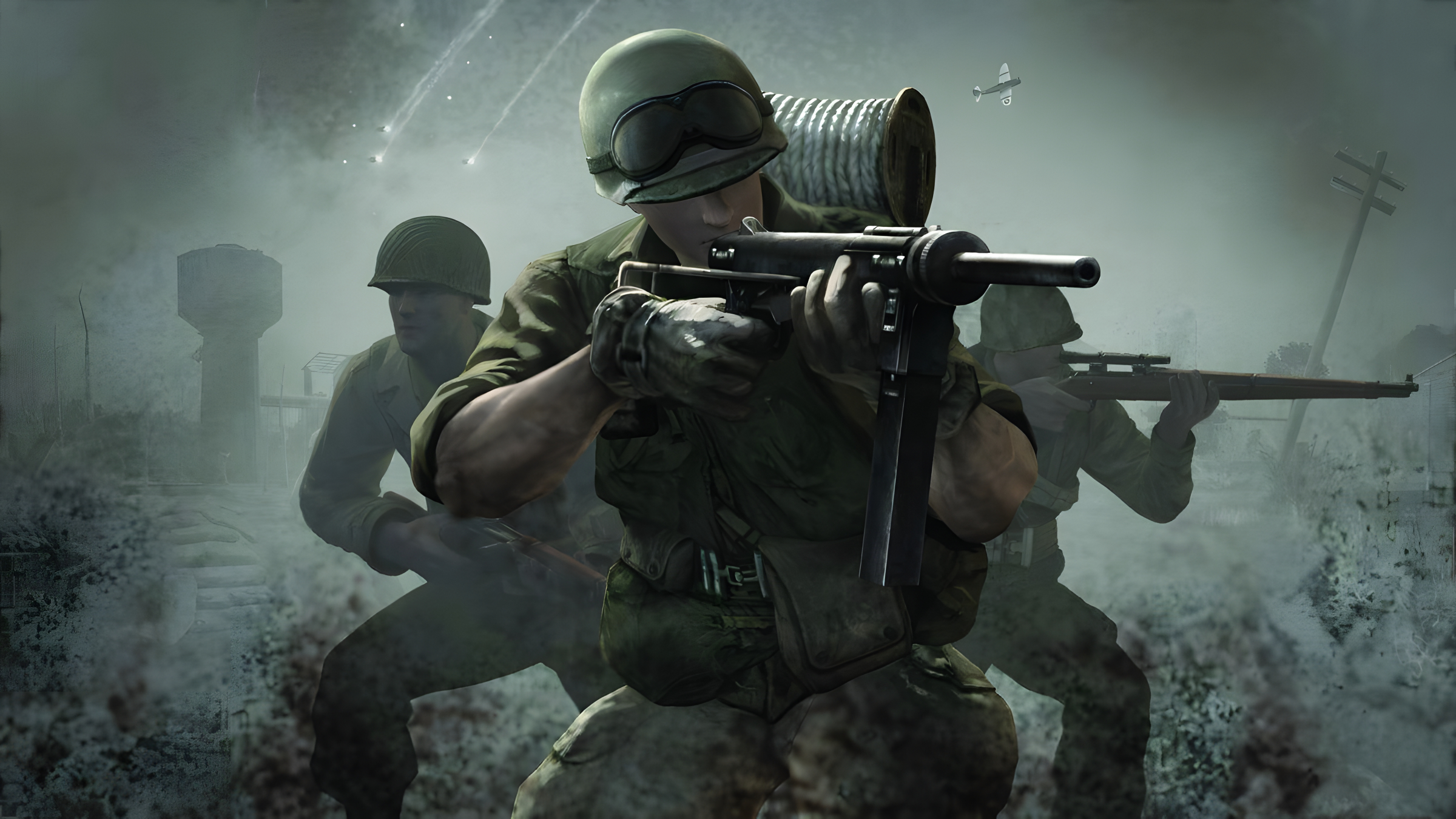
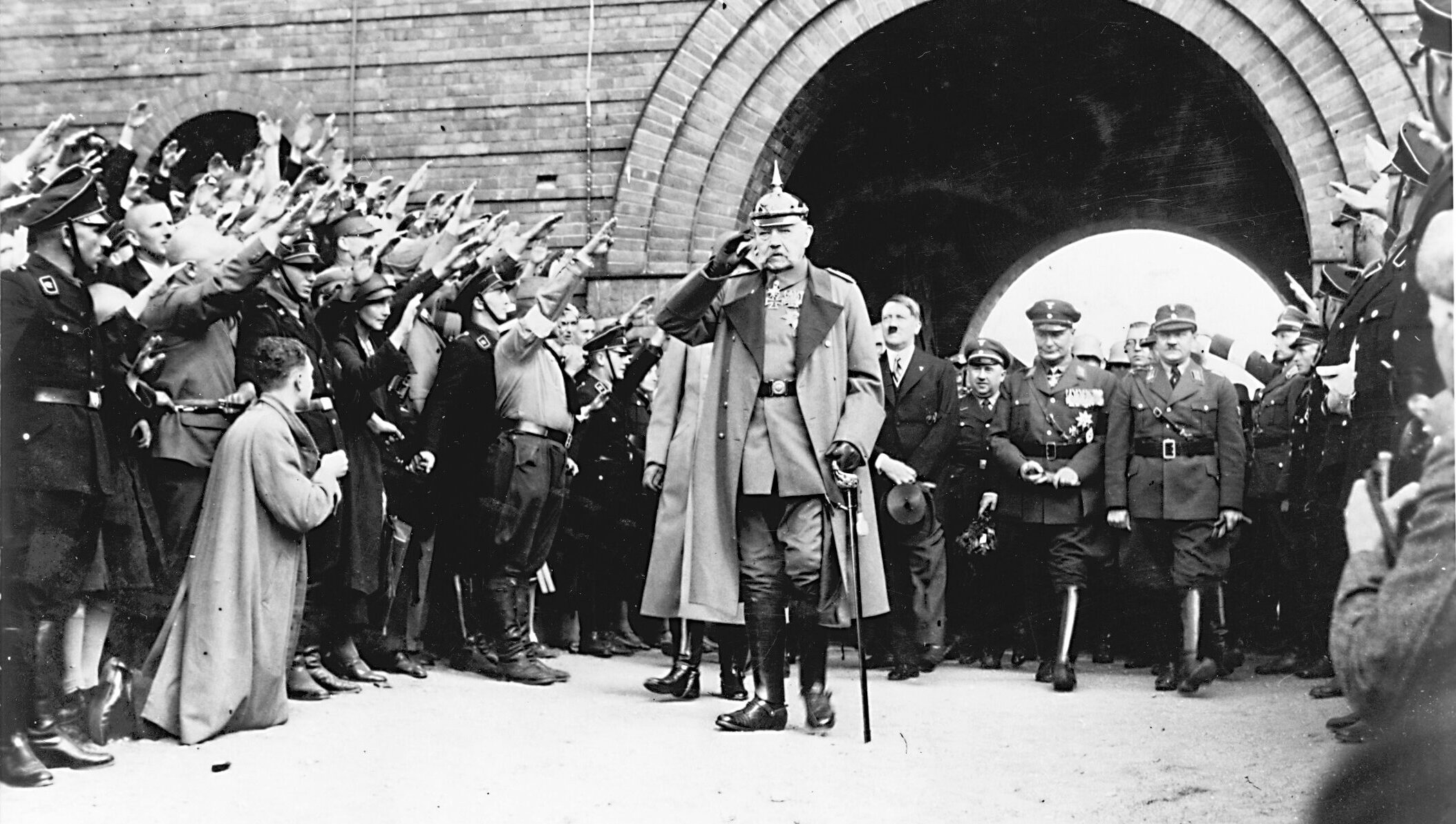
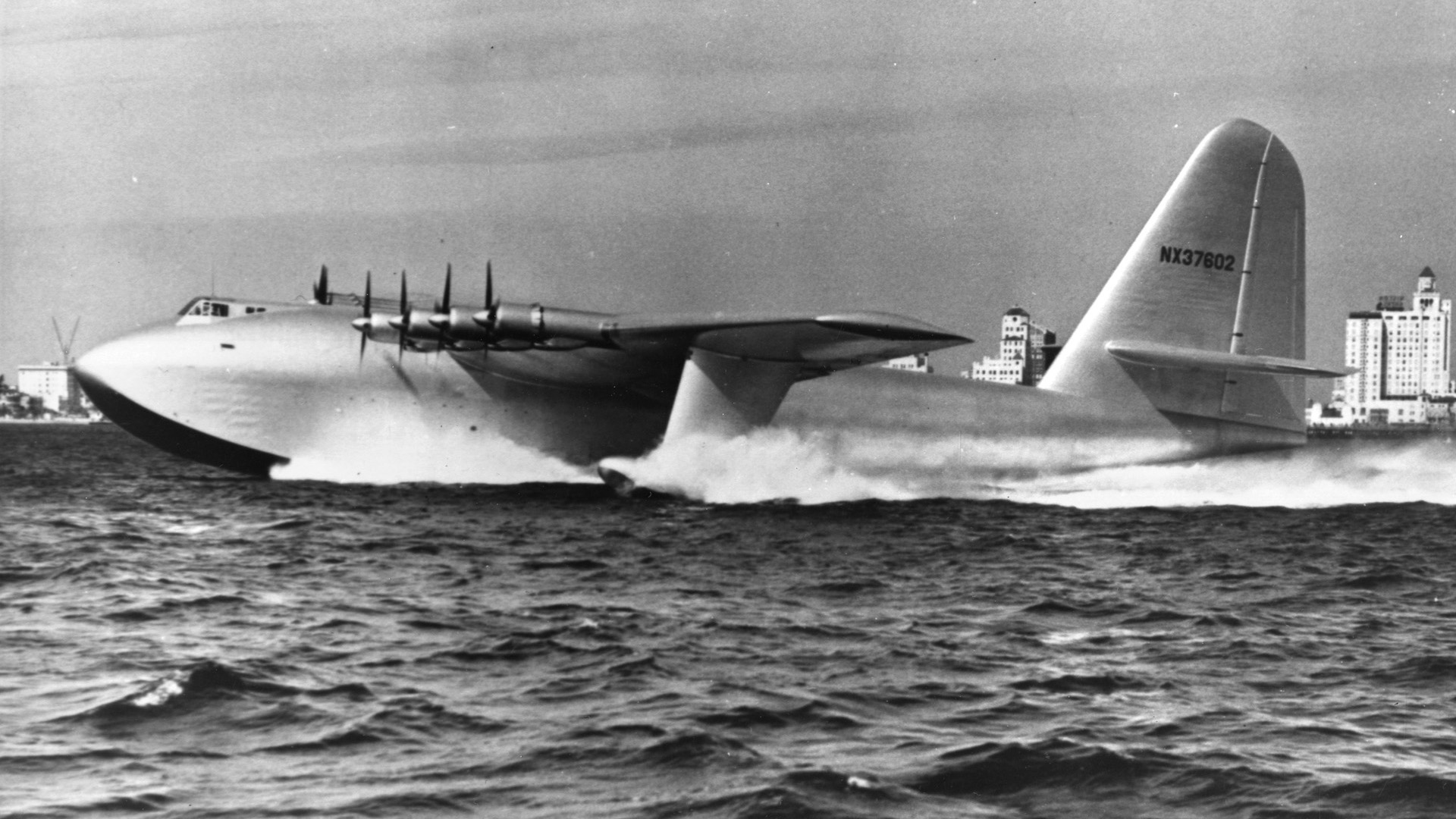
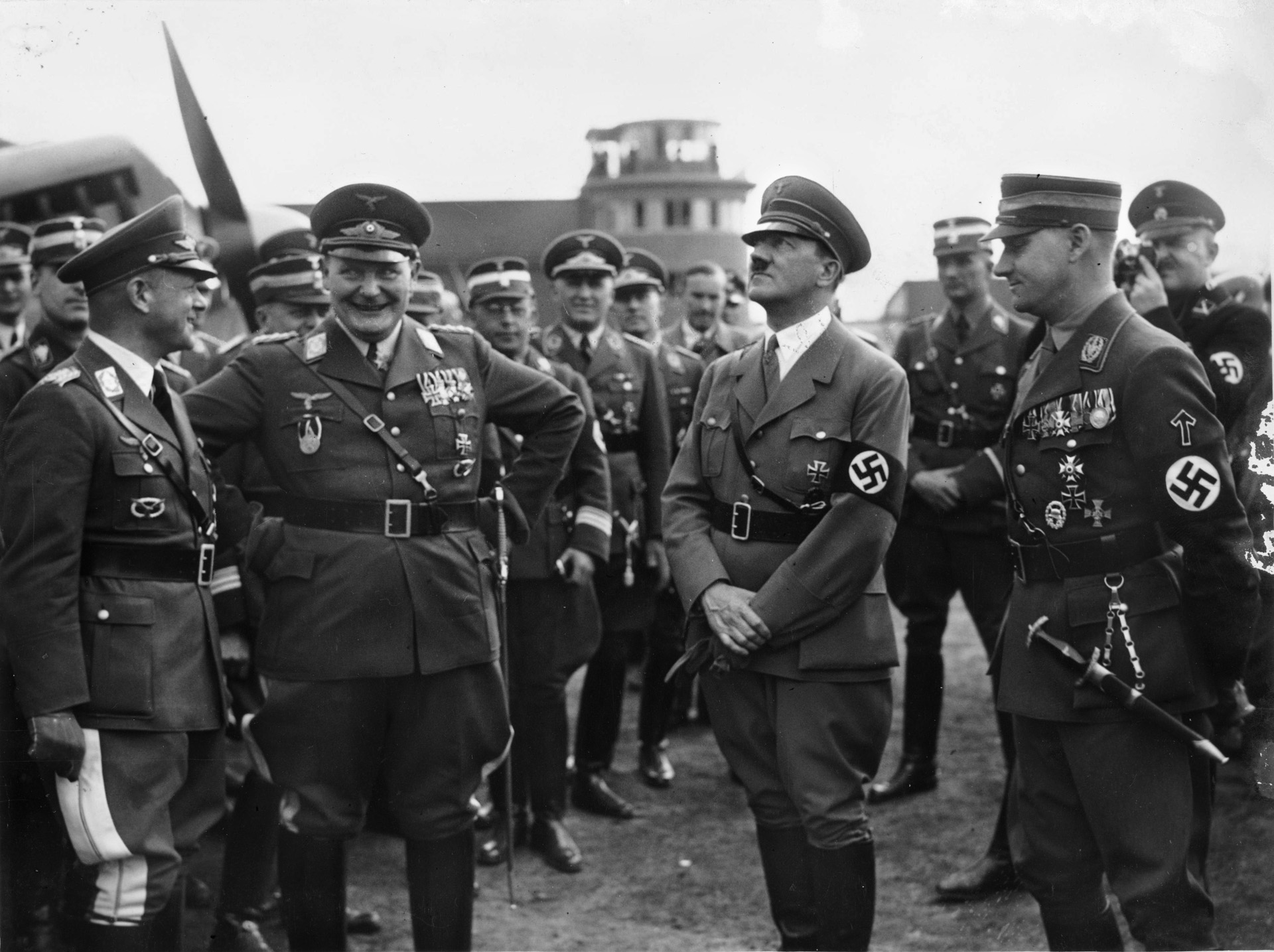
Join The Conversation
Comments
View All Comments